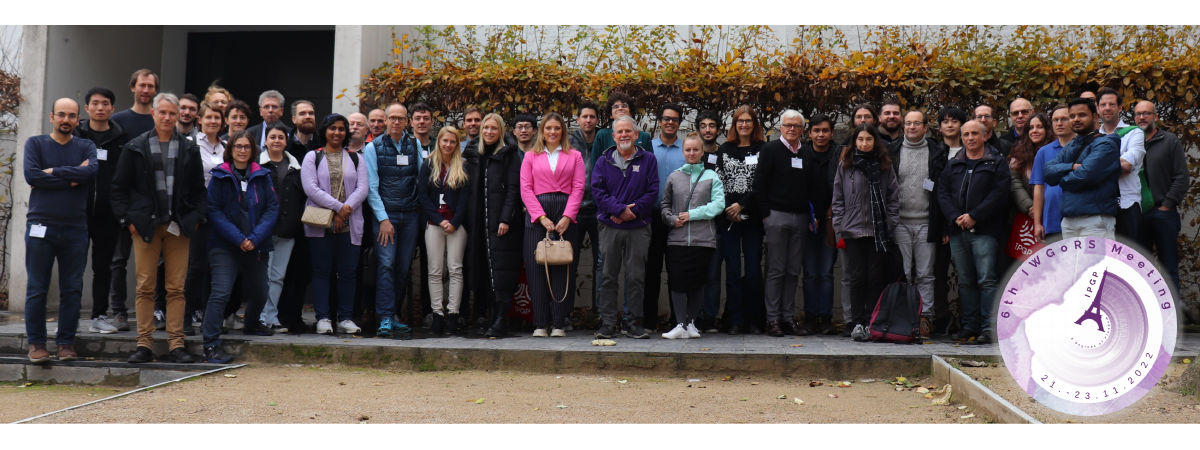On a possibility of acquiring strong motion rotation from rockburst effects
Zbigniew ZEMBATY
Usually rockbursts from underground deep mining produce surface peak ground accelerations (PGA) of 0.05–0.1g and velocities (PGV) 1–3 cm/s, leading to maximum MM intensities of these events of about III-V. Depending on the mine basin such events happen with approximate return period of about 1-3 months. Occasionally, every 1-2 years the magnitude of these rockbursts reach ML=4.5 to 5.0 and the peak motions may reach PGA=0.2g and PGV=20 cm/s or more, with strong motion duration of about 5s [1, 2]. Such strong ground motions are of concern of the mine authorities, particularly when the deep mining takes place in the urban areas.
When compared with other artificial or semi-artificial seismic effects like traffic vibrations, underground blasts or reservoir induced seismicity the rockburst effects can be placed close to nuclear underground explosions with respect to their surface intensity, but with mechanisms more similar to natural earthquakes measured in very close near field and shallow focal depths 1-2km [3]. Thus there is a convenient opportunity to quite effectively acquire strong rotational ground motion in a span of 3-4 years in an active basin of deep mining.
The purpose of the presentation planned for the Workshop is to present in detail the rockburst seismic effects as a possible source of rotational strong ground motion.
References
[1] Zembaty Z., Rockburst induced ground motion—a comparative study, Soil Dynamics & Earthquake Engineering, vol. 24, 2004, pp.11–23
[2] Zembaty Z., Non-stationary random vibrations of a shear beam under high frequency seismic effects, Soil Dynamics & Earthquake Engineering, vol. 27, 2007, pp. 1000–1011
[3] Gibowicz S.J., Kijko A., An introduction to mining seismology, Academic Press, San Diego 1994
.png)